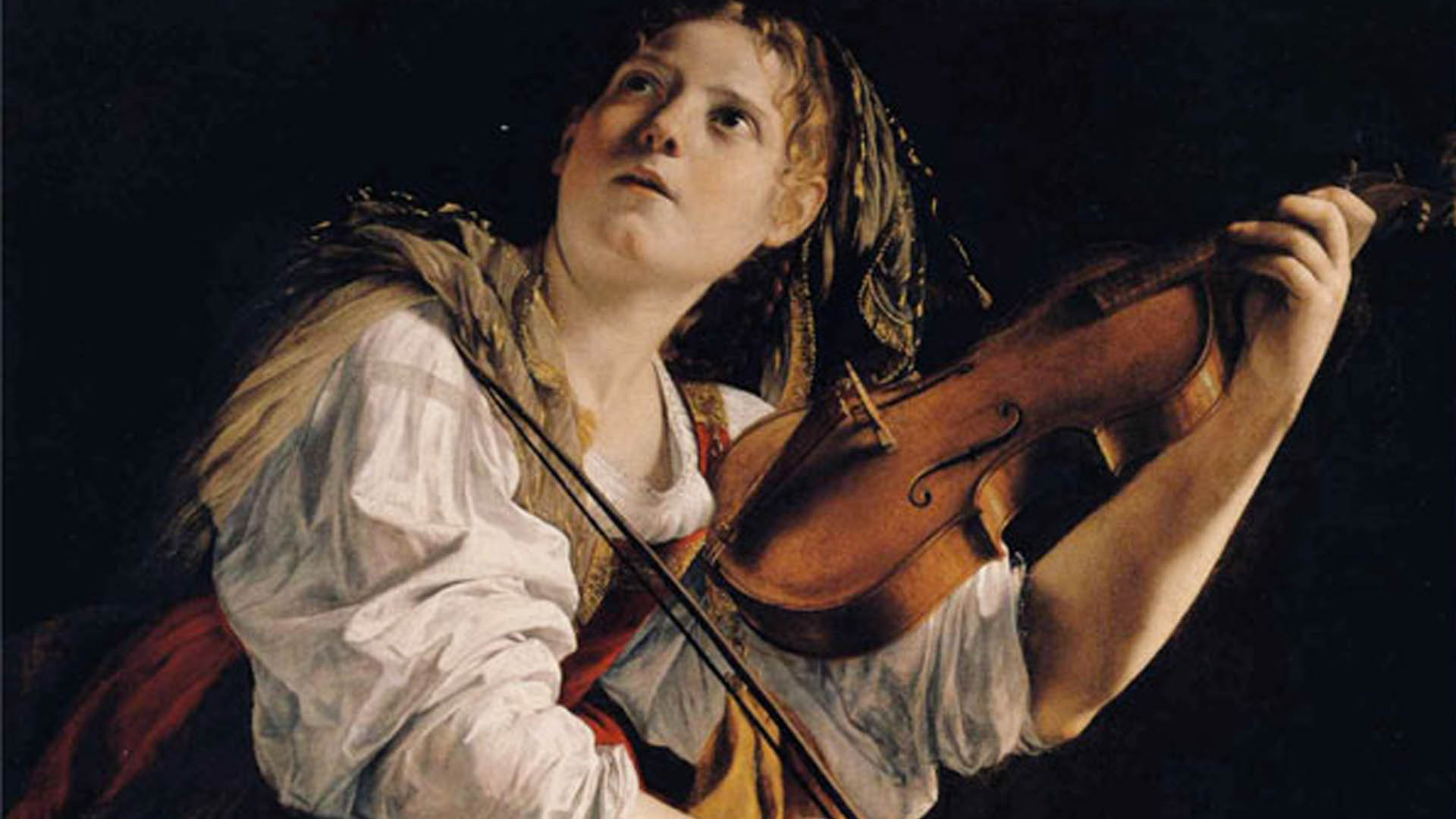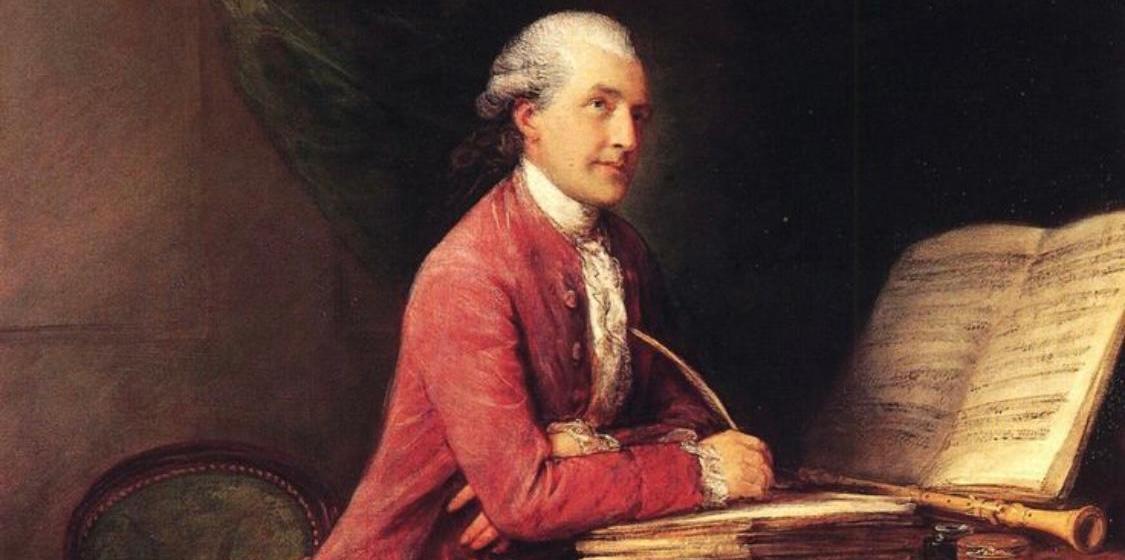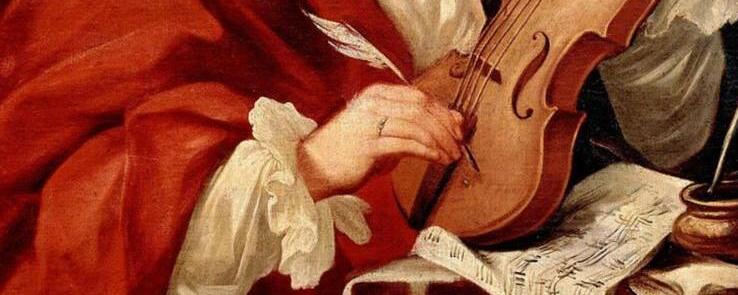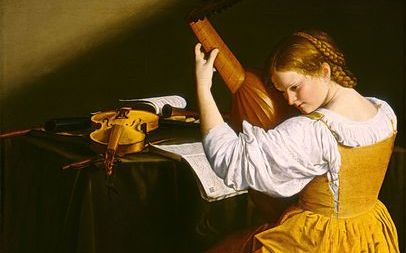Although many inquisitive baroque violinists have been experimenting with short bows for a while, the combination of really short (around 61 cm), with light indigenous wood, fixed frog and simple form which we see in 17th Century paintings (see my Timeline and my Essay Development of the Bow) seems much less explored. In fact, my failure to find something that actually looks like what we see in the pictures has even encouraged me to make them myself!
The results, somewhat to my surprise, have been very informative and even inspiring.
The whole project is somewhat of a shot in the dark – we have hardly any conclusive or concrete evidence of what the bows were actually like. But to show you what I’m after, here are some pictures:






On the assumption that something built along the lines of what we see in the pictures is likely to be closer to what was then used than something clearly different, we can surely learn much from these bows. They certainly just work very differently – in fact, I wonder if there’s not more difference between a conventional ‘baroque bow’ and one of these early ‘twigs’ than between a modern bow and a conventional ‘baroque bow’!
You can read more in my essay about bowing technique.




